Harrowing images of war and suffering
Ukrainian who documented siege of Mariupol among those awarded in prestigious international photography contest
Sign up now: Get ST's newsletters delivered to your inbox
Follow topic:
Images showing the impact of the climate crisis, community and war’s impact on civilians make up the winners of this year’s World Press Photo contest, announced on Thursday in Amsterdam by organiser World Press Photo Foundation.
The contest drew 60,448 still images and multimedia entries submitted by 3,752 entrants from 127 countries.
The Photo of the Year award went to Ukrainian photojournalist Evgeniy Maloletka
Awards were also given out for The Story of the Year, Long-Term Project and Open Format stories, in global and regional categories. Winners of the global awards walk away with €5,000 (S$7,300) each, while regional winners get €1,000 each.
A total of 24 photojournalists across the categories were recognised in the contest, which is well regarded by photojournalists for its high standards of news and documentary photography.
World Press Photo of the Year
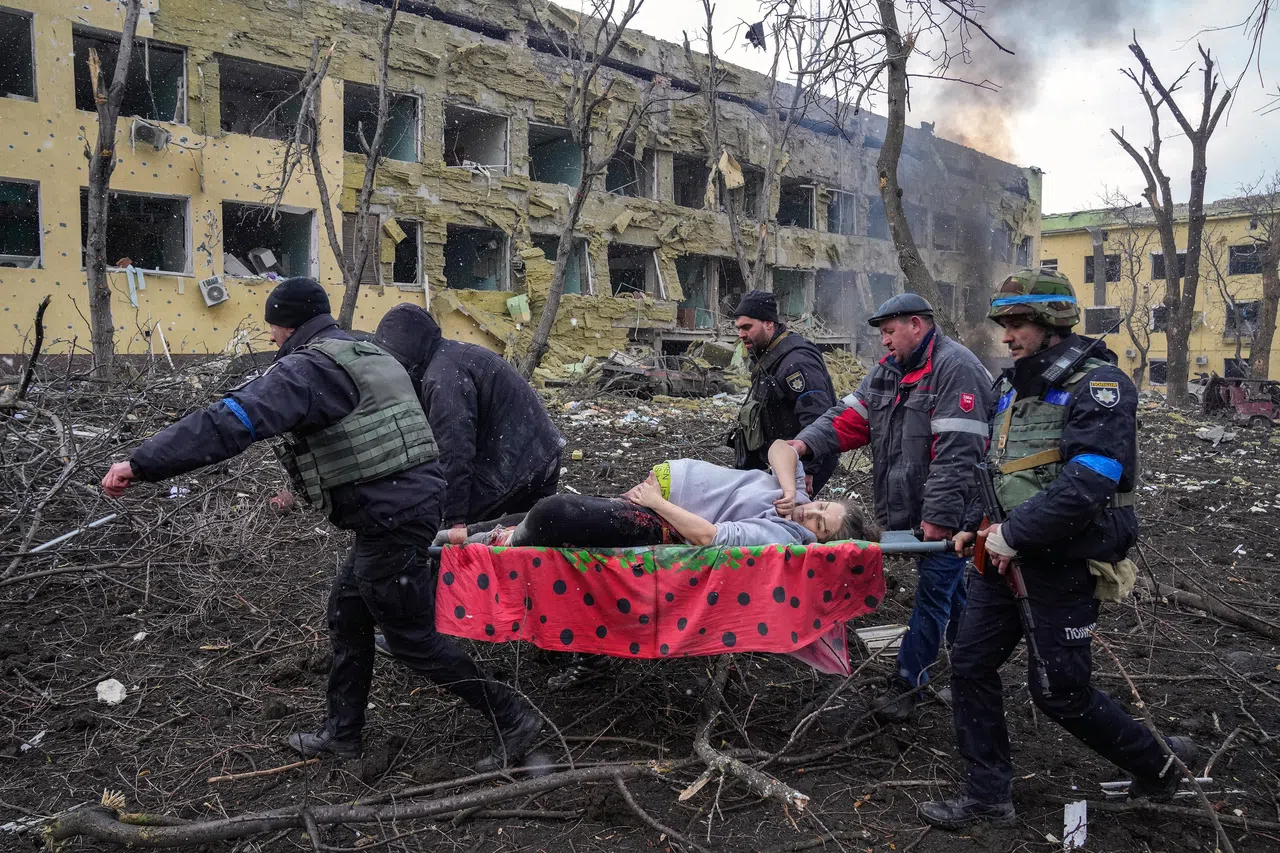
Evgeniy Maloletka, Associated Press
Title: Mariupol Maternity Hospital Airstrike Photo: Evgeniy Maloletka/Associated Press
Iryna Kalinina, 32, an injured pregnant woman, being carried from a maternity hospital that was damaged during a Russian airstrike in Mariupol, Ukraine, on March 9, 2022. Her baby, named Miron (after the word for “peace”) was stillborn, and half an hour later, Kalinina died as well.
A report concluded the hospital was deliberately targeted by Russia, resulting in three deaths and some 17 injuries. When Russian forces invaded Ukraine on Feb 24, 2022, they immediately targeted the strategically important port of Mariupol on the Sea of Azov. By May 20, Russia gained full control of the city, which had been devastated by shelling, and tens of thousands of civilians had fled or been killed.
Maloletka was one of the very few photographers documenting events in Mariupol at that time.
Europe Stories
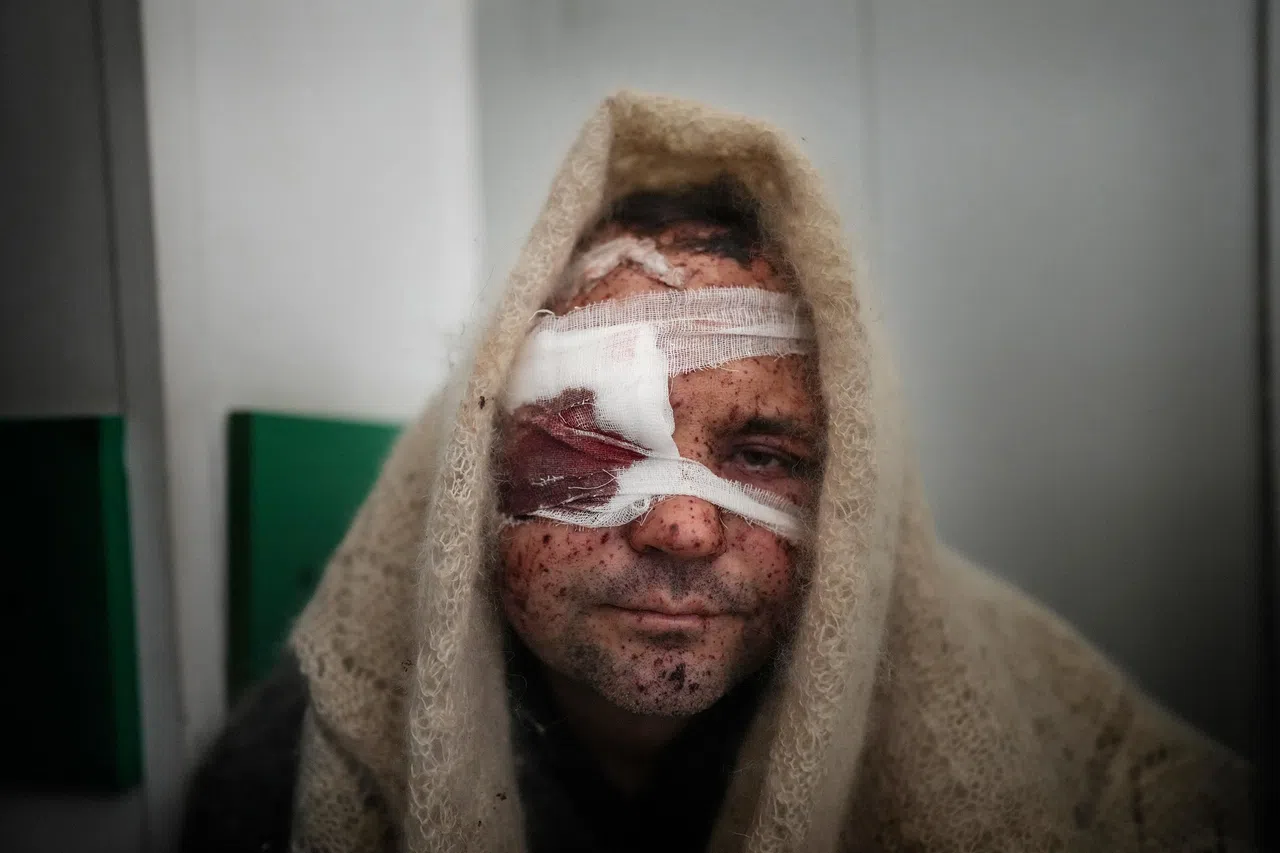
Title: The Siege of Mariupol Photo: Evgeniy Maloletka/Associated Press
Serhiy Kralya, a civilian injured during shelling by Russian forces, resting after surgery at a hospital in Mariupol, Ukraine, on March 11, 2022.
World Press Photo Story of the Year
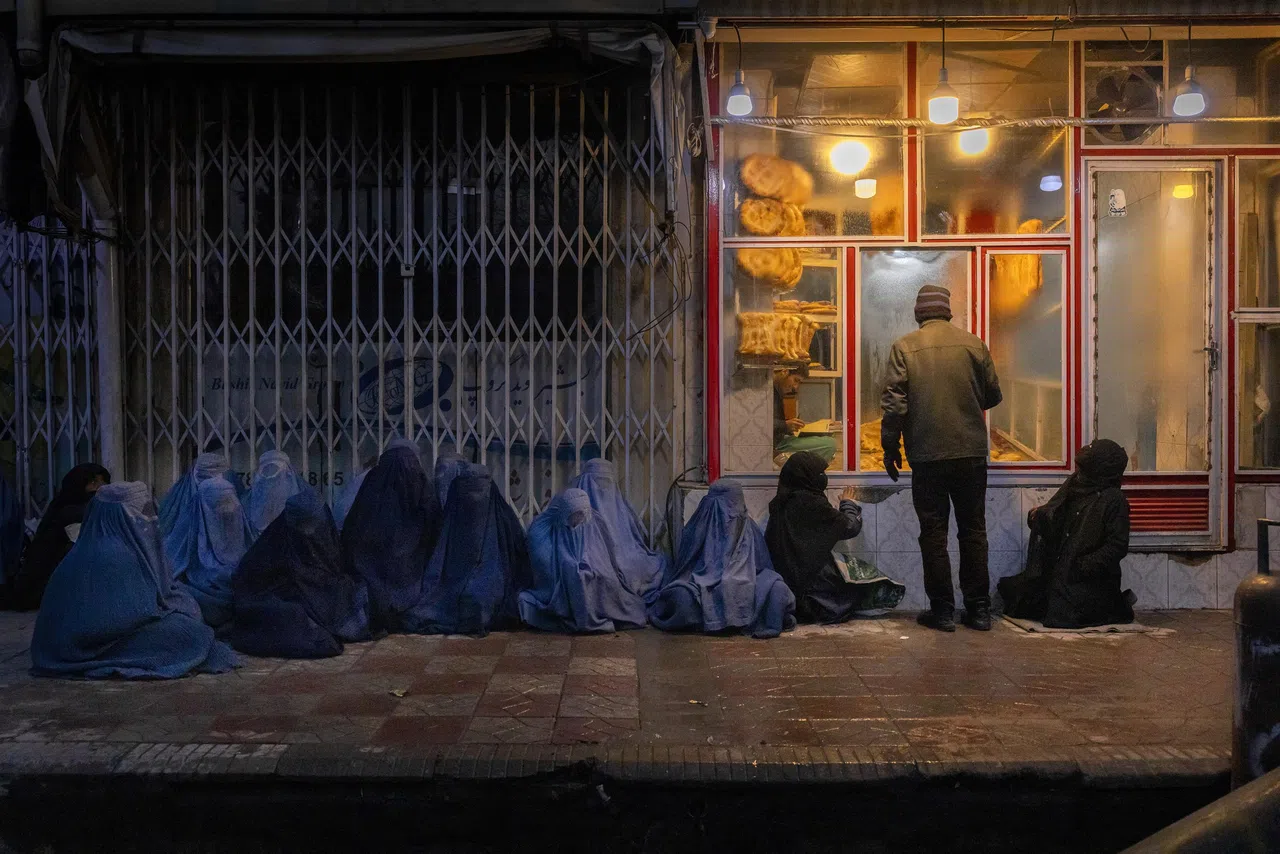
Politiken/ Panos Pictures
Title: The Price of Peace in Afghanistan Photo: Mads Nissen, Politiken/Panos Pictures
Woman and children begging for food outside a bakery in central Kabul, Afghanistan, on Jan 14, 2022. Before the Taliban took power in Aug 2021, there were, at most, a few women begging there, but as the months passed, desperation increased, and more and more people relied on the compassion of other poor people for their needs.
World Press Photo Story of the Year
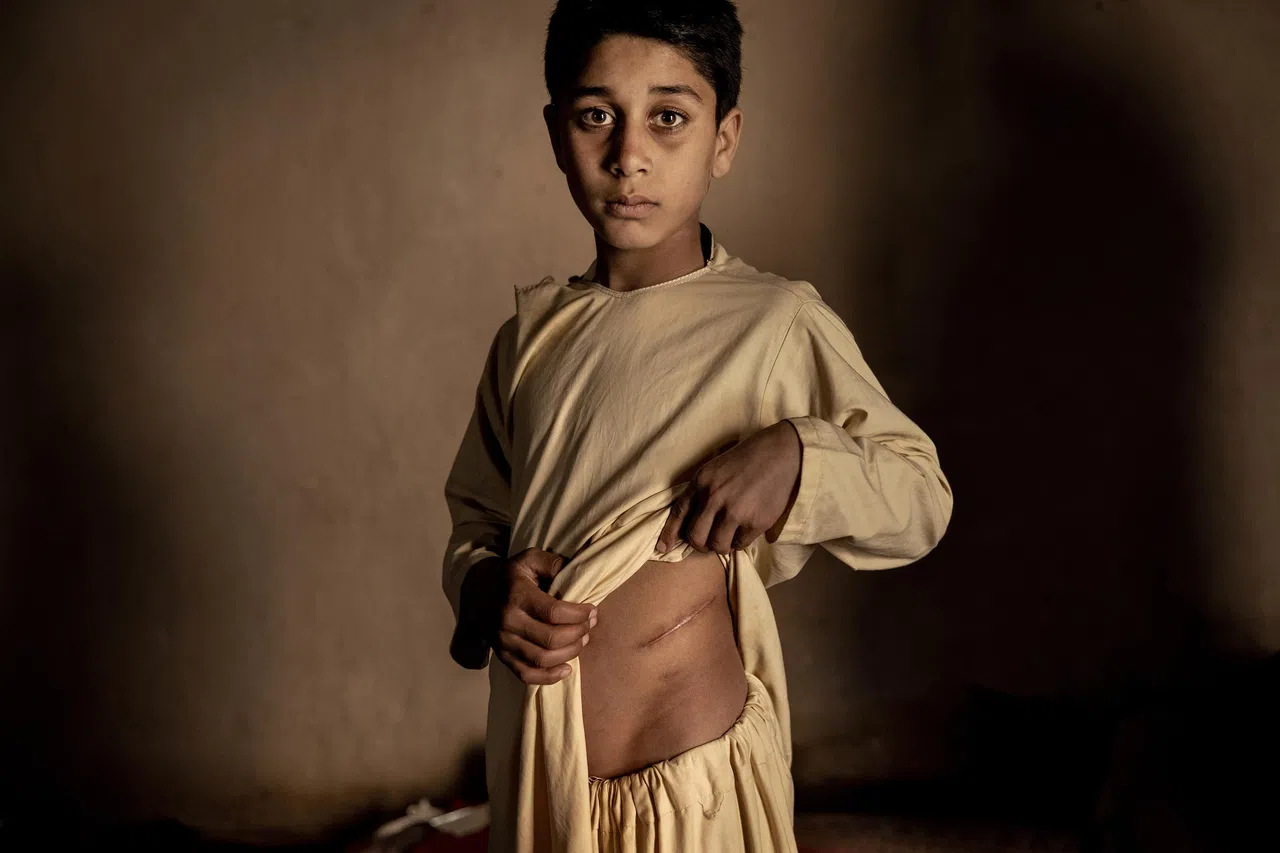
Politiken/ Panos Pictures
Title: The Price of Peace in Afghanistan Photo: Mads Nissen, Politiken/Panos Pictures
Unable to afford food for the family, the parents of Khalil Ahmad, 15, decided to sell his kidney for US$3,500 to support their eleven children. The lack of jobs and the threat of starvation have led to a dramatic increase in the illegal organ trade in Herat, Afghanistan, in January 2022. The amount earned from selling the kidney of their oldest son would have taken Khalil’s father years to earn even if there was work for him – but there isn’t.
World Press Photo Long-term Project Award
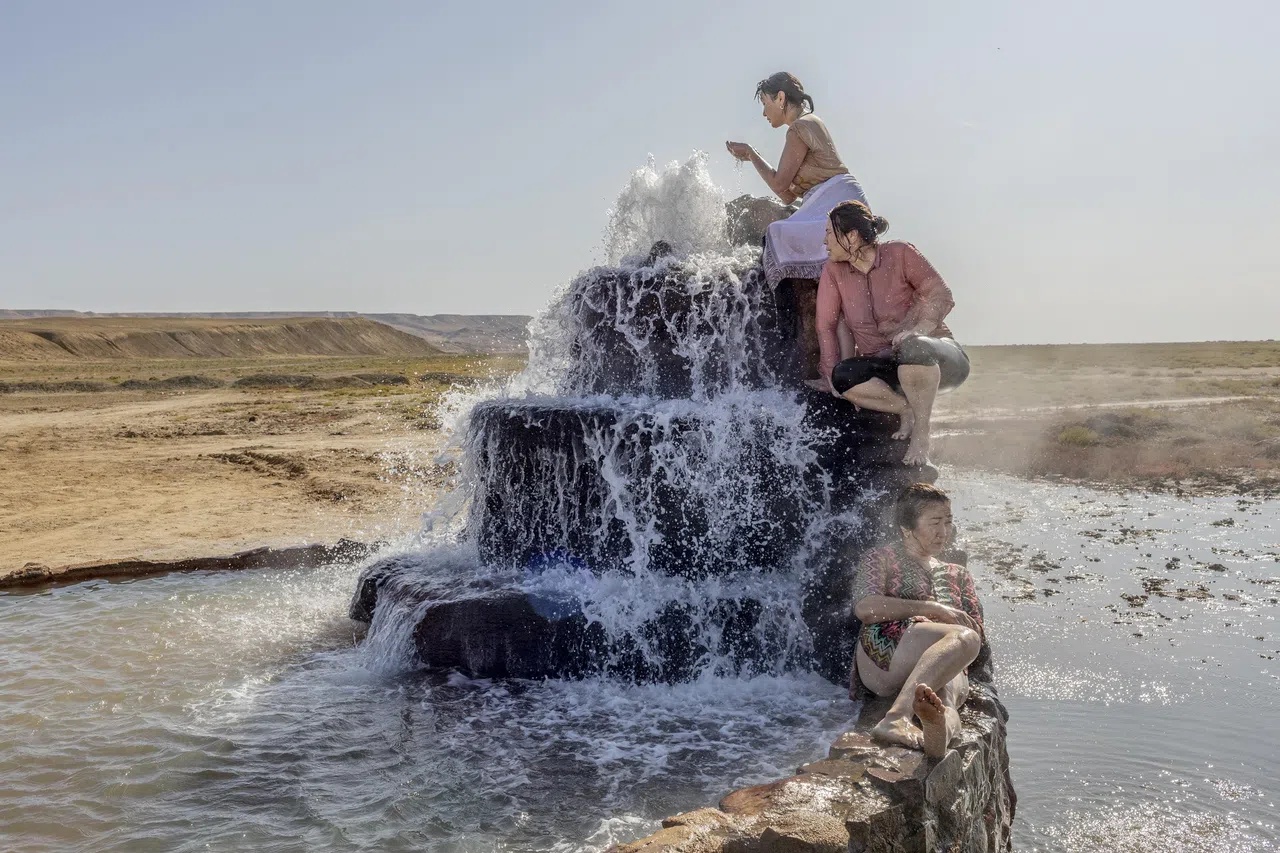
Title: Battered Waters Photo: Anush Babajanyan, VII Photo/ National Geographic Society
Women visiting a hot spring that has emerged from the dried bed of the Aral Sea, near Akespe village, Kazakhstan, on Aug 27, 2019. Once the world’s fourth-largest lake, the Aral Sea has lost 90 per cent of its content since river water has been diverted. Shared by Uzbekistan and Kazakhstan, this formerly fourth-largest lake in the world began to retreat in 1960s, with the Soviet project of diverting the rivers Syr Darya and Amu Darya to serve the cotton industry.
Long-term Projects
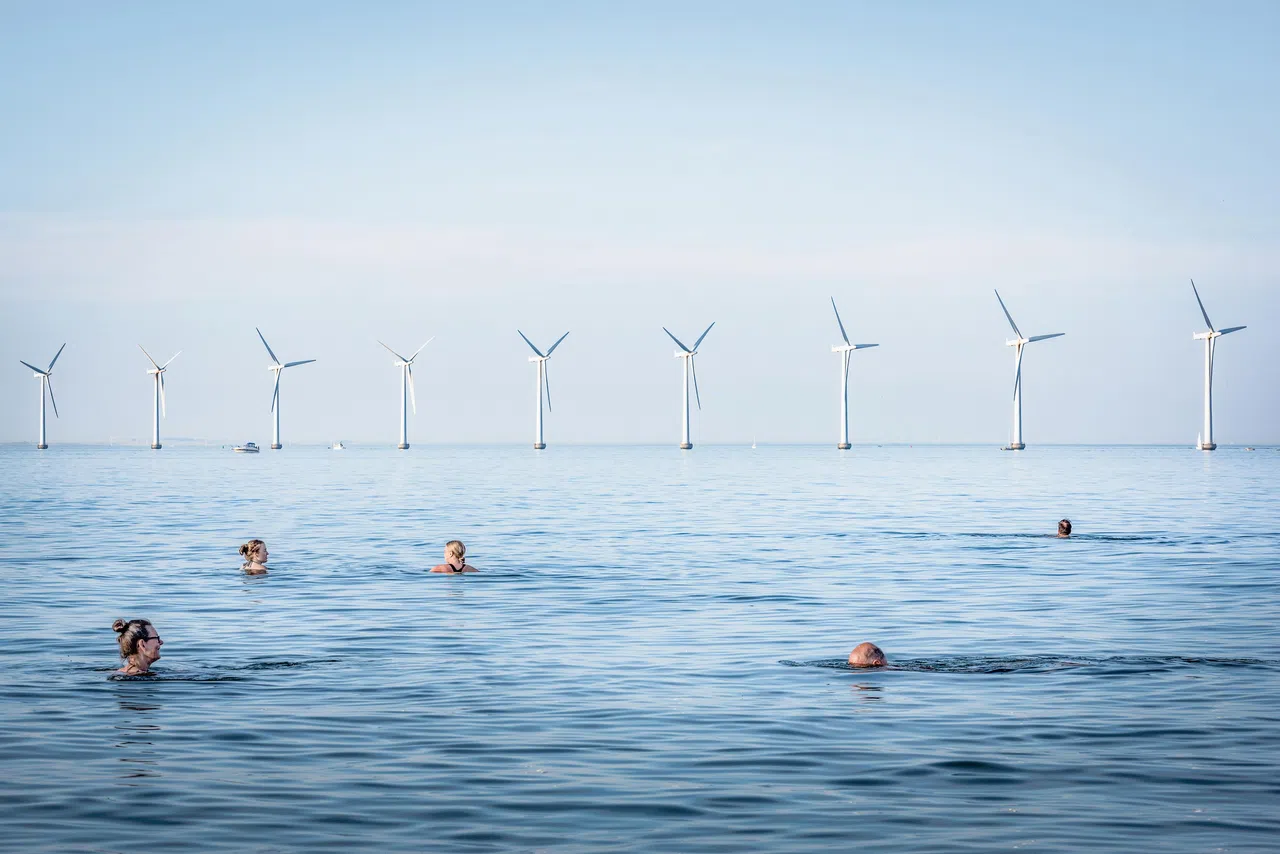
Title: Net-Zero Transition Photo: Simone Tramonte
People swimming at Amager Strand, Denmark, on July 13, 2021, near a wind farm that is co-owned by 8.552 electricity consumers and serves more than 40,000 Copenhagen households. Renewable energies, new technologies for food production, and the circular economy can be seen as key directions among European companies seeking a green transition.
Human-induced climate change is the largest, most pervasive threat to the natural environment and society that the world has ever experienced. The European Union has established targets to cut greenhouse emissions by at least 55 per cent by 2030 and to reduce them to net-zero by 2050.
South America Stories
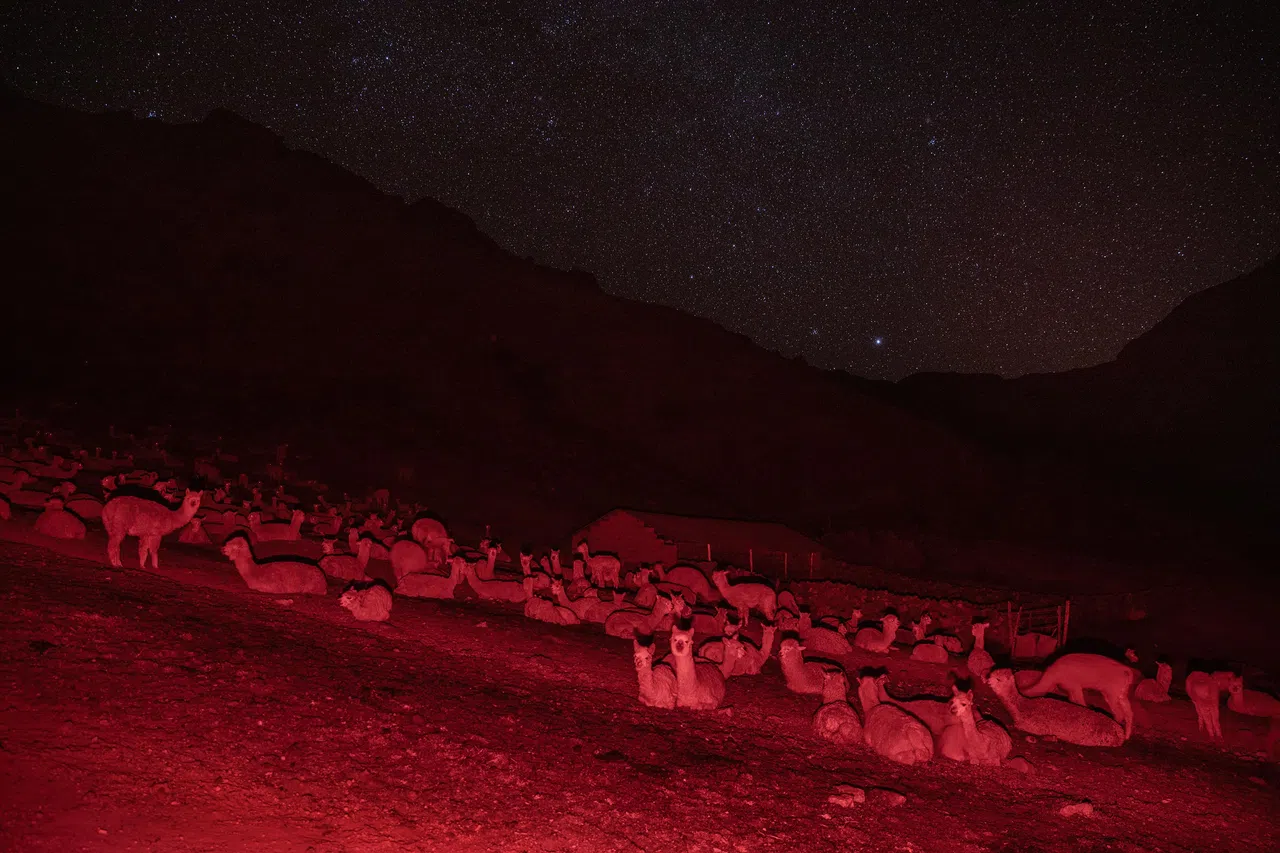
Title: Alpaqueros Photo: Alessandro Cinque, Pulitzer Center/National Geographic
Alpacas resting outdoors at night in Oropesa, Peru, on May 2, 2021. Many alpaqueros or apaca farmers, cannot afford to build shelters for their animals despite freezing temperatures at high altitudes. Vital to the livelihoods of many people in the Peruvian Andes, alpacas face new challenges due to the climate crisis. With natural pastures shrinking and glaciers retreating, these animals increasingly struggle to graze and hydrate.
Alpaquero communities, in turn, may be forced to move to higher altitudes or to abandon their lifestyles. To combat these difficulties, scientists hope to address the problem by creating breeds more resistant to extremes in temperature.
Honorable Mention
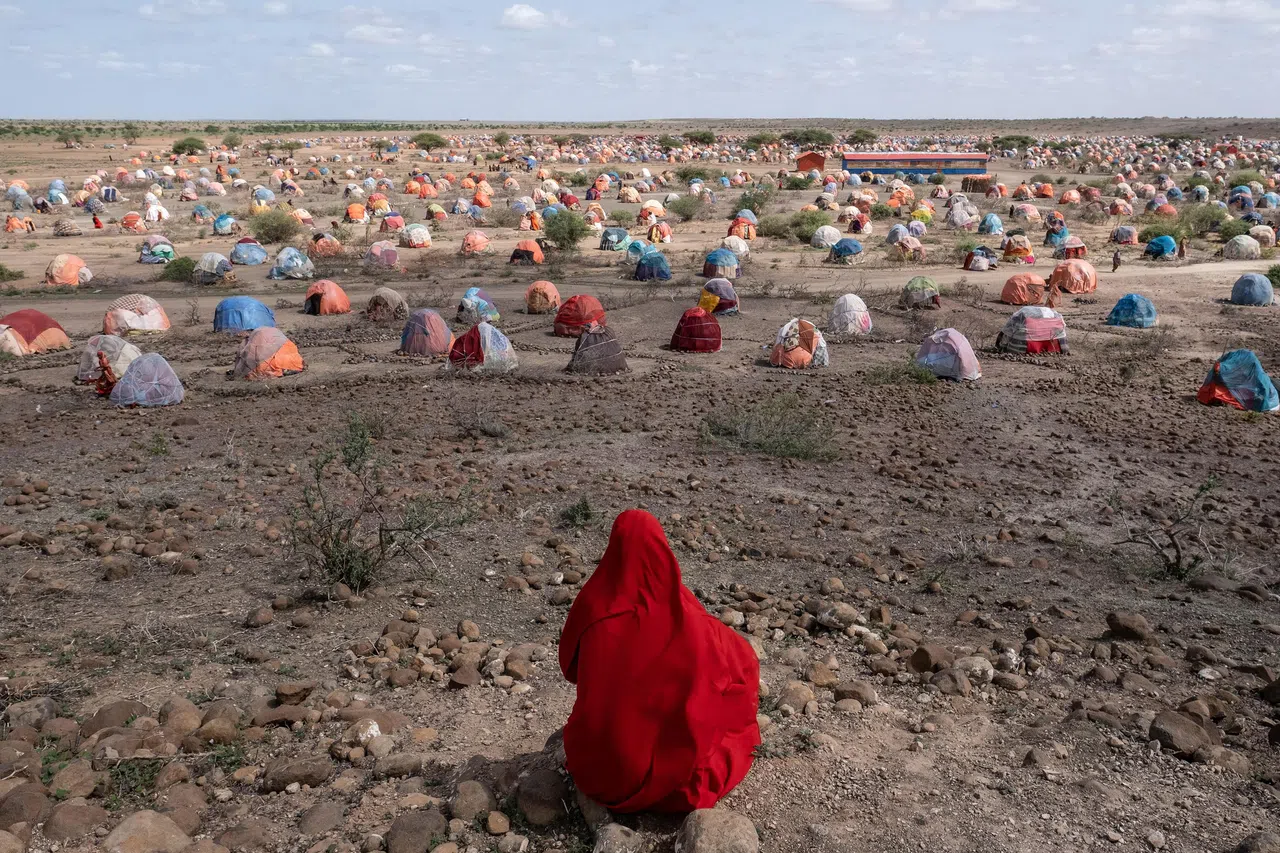
Title: The Nomad’s Final Journey Photo: Jonathan Fontaine/Hans Lucas
Samira, 16, looking out onto Qolodo camp near Gode in the Somali Region, Ethiopia, on May 16, 2022. Her family owned 45 goats and 10 camels, all of which died during recent droughts. In recent years, water scarcity has threatened livestock in this region.
With many families forced to seek aid in climate refugee camps, social structures are weakening, precipitating violence against women and a host of mental health crises. As droughts persist annually, women, who are often responsible for finding water, bear an enormous share of the physical and mental toll exacted by the ongoing crisis.
Open Format
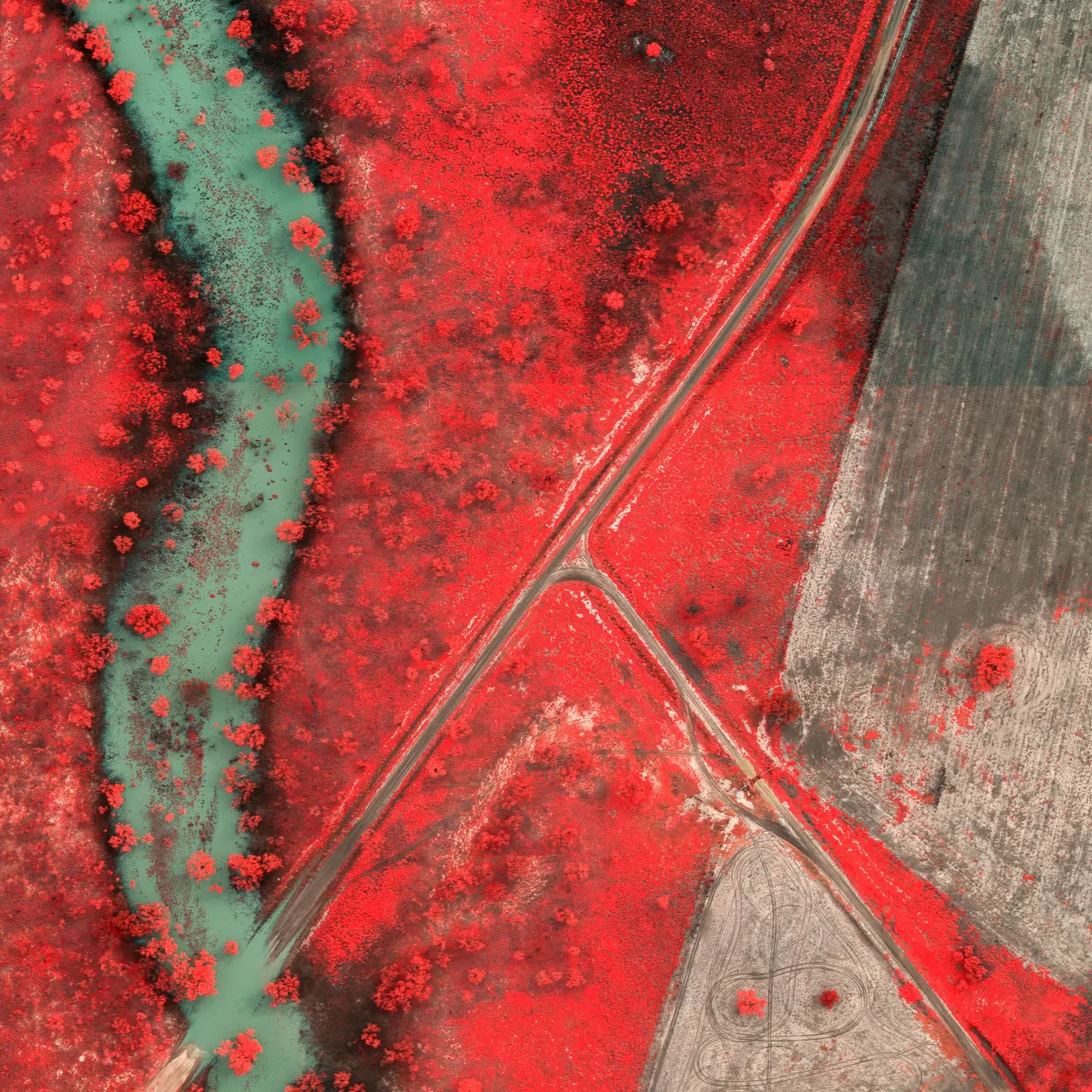
Title: Australian Floods in Infrared Photo: Chad Ajamian
Image of a junction in Mogil Mogil, New South Wales, on April 19, 2021. Emergency response agencies utilise infrared aerial imagery to determine the extent of damage, and it can also be used to determine safe routes for response teams. Aerial infrared imaging renders vegetation in pinks and reds, contrasting sharply against blues and cyans, which represent water.
These images make newly flooded areas easily discernible to post-disaster emergency responders, assisting with response and recovery. The photo is part of a series that was shot during the rounds of devastating floods in New South Wales, Australia, which forced the evacuation of 18,000 people in March 2021.
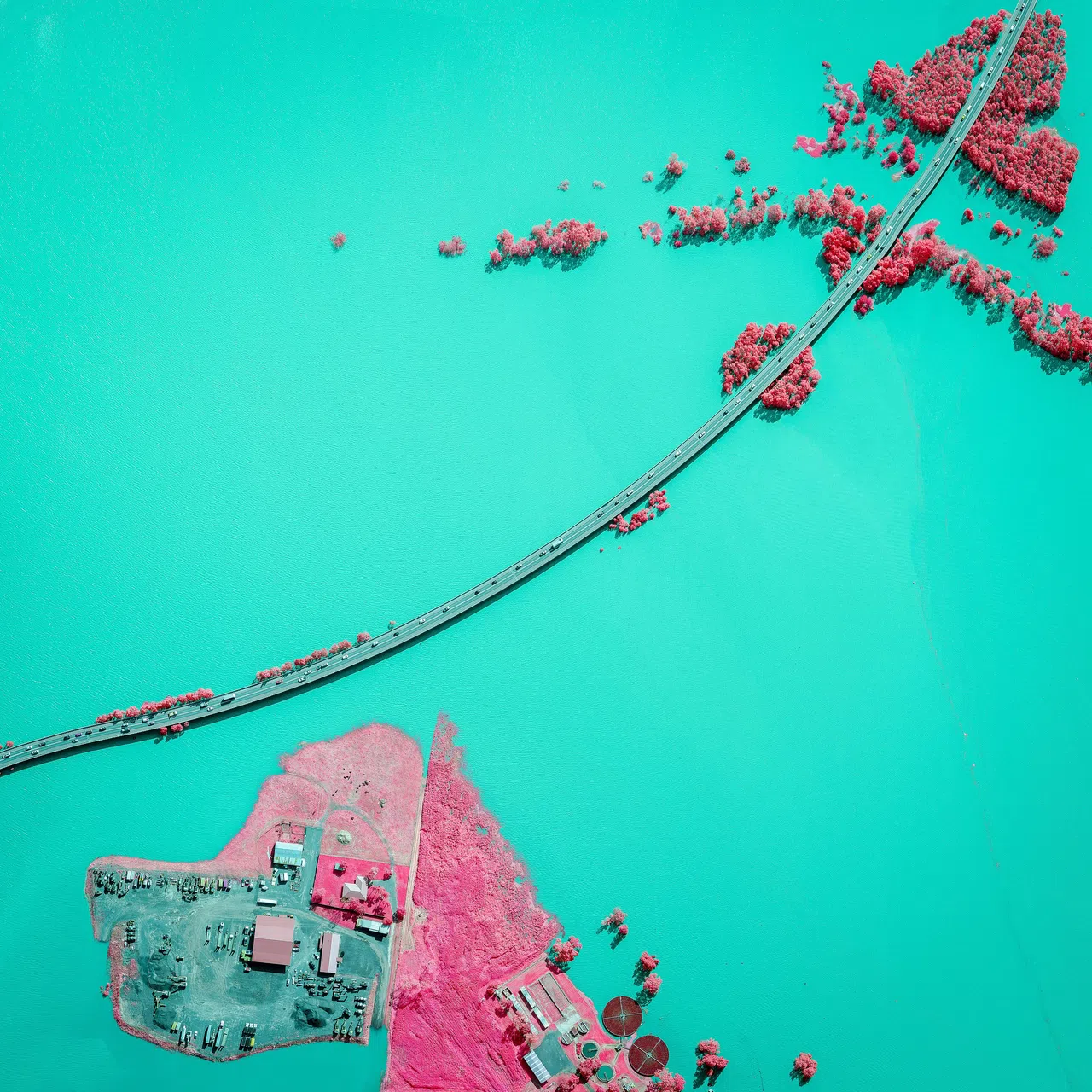
PHOTO: CHAD AJAMIAN
Title: Australian Floods in Infrared Photo: Chad Ajamian
Flooding of the Hawkesbury River, a major waterway that encircles the Sydney metropolitan region in Australia. While no major urban areas were subject to widespread flooding, key roads and bridges across the Hawkesbury were flooded for over six days and vehicular ferries were out of service for over nine days. Overall, the March 2021 flood was the largest in the region in 30 years.
Long-term Projects

Title: Death of a Nation Photo: Kimberly dela Cruz/ W. Eugene Smith Memorial Fund, VII Mentor Program
Neighbours at a crime scene hours after masked men massacred Manuel Evangelista, Edmar Velarde, Paulo Tuboro, Jennifer Discargar and Catalino Algueles in Mandaluyong City, the Philippines, on Nov 1, 2016. Soon after taking office in June 2016, President Rodrigo Duterte began a concerted “war on drugs”, repeatedly ordering attacks against suspects. A surge of extrajudicial killings followed, perpetrated not only by police but also by masked vigilantes and other civilians.
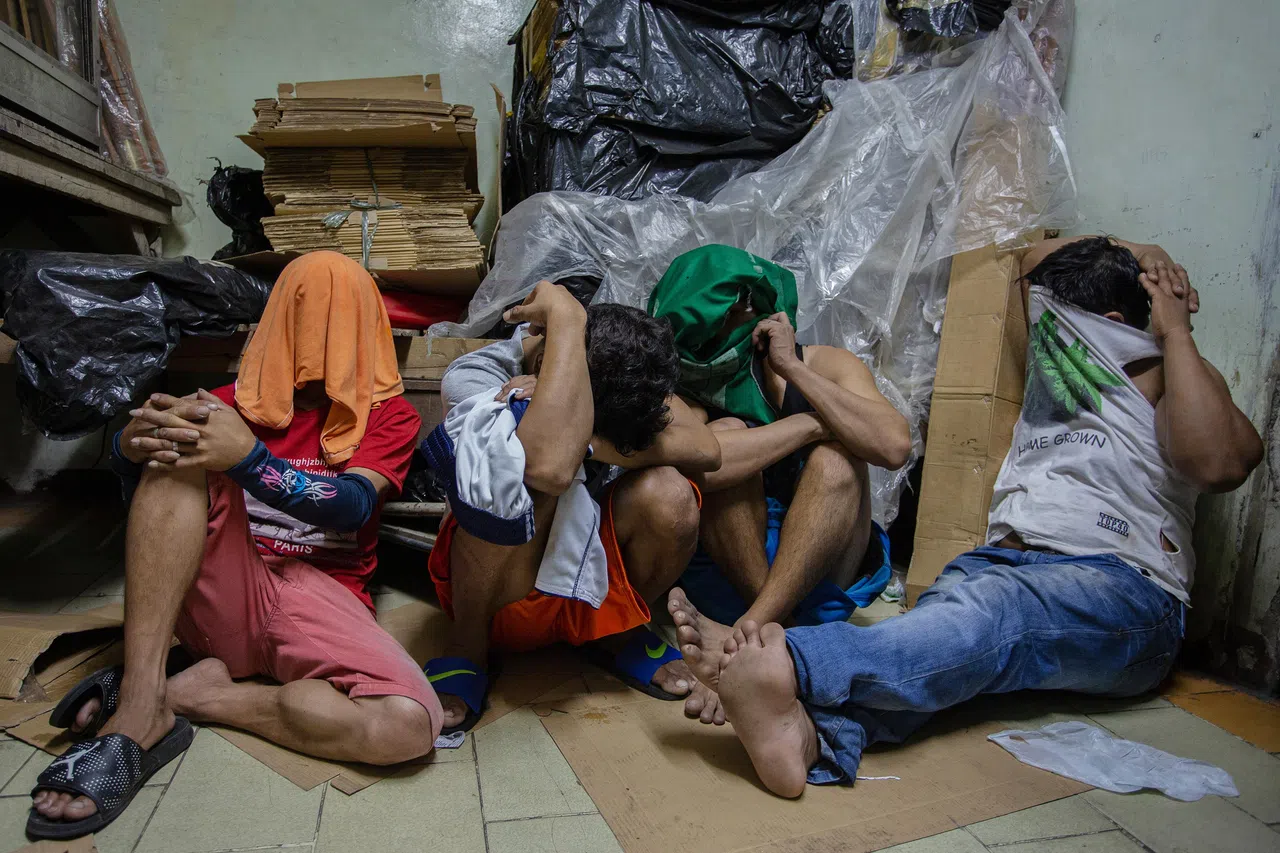
Title: Death of a Nation Photo: Kimberly dela Cruz/ W. Eugene Smith Memorial Fund, VII Mentor Program
Men shielding their faces from the media after being arrested in a food factory that police claim is a drug den in Pandacan, Manila, the Philippines, on Dec 9, 2016.
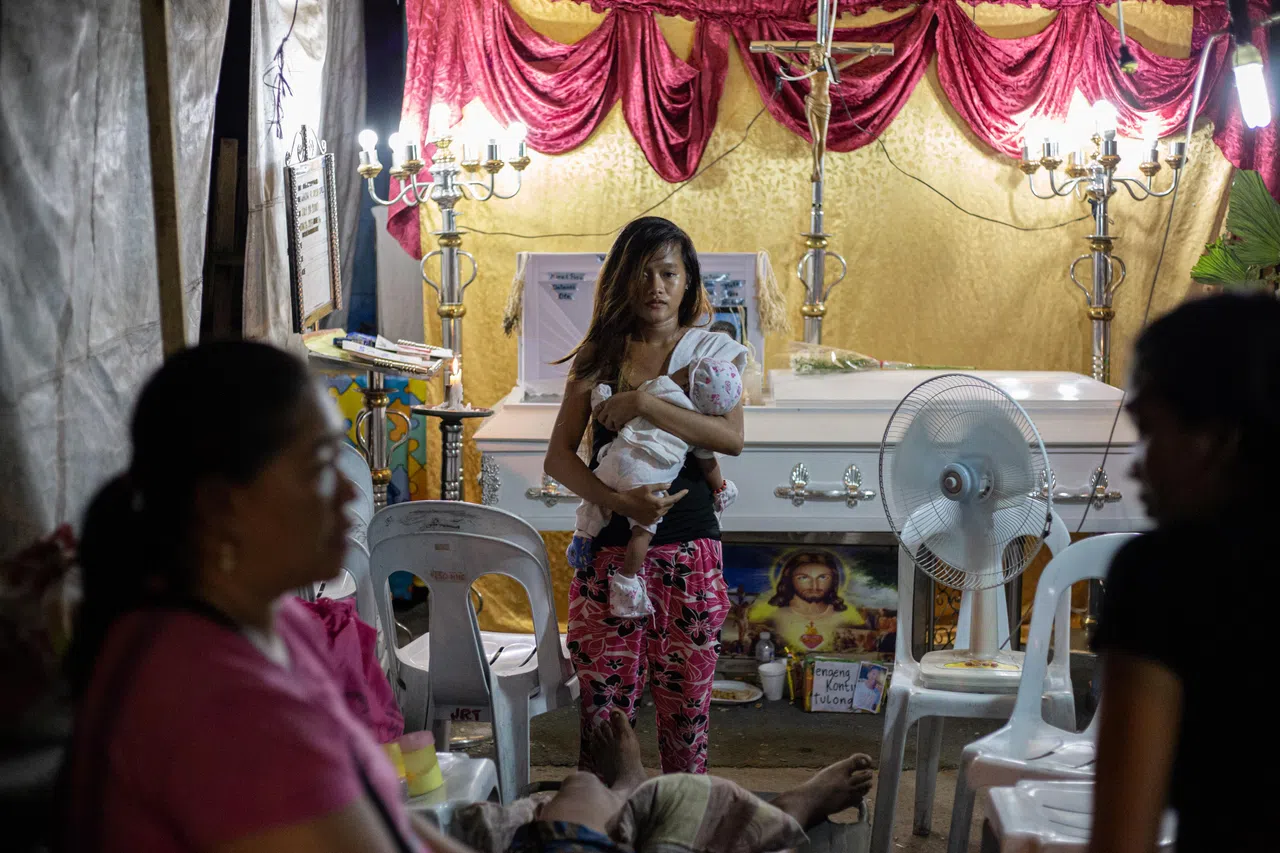
Title: Death of a Nation Photo: Kimberly dela Cruz/ W. Eugene Smith Memorial Fund, VII Mentor Program
Jazmine Durana, 15, cradling her month-old daughter Hazel at the wake of her partner John “Toto” Dela Cruz, who was killed by “men in black masks” on Feb 2, 2017, in Navotas, Philippines. She said she heard the suspects accuse Toto of stealing and using drugs before they shot him four times. Toto was 16 years old.
Honorable Mention

PHOTO: NADIA SHIRA COHEN FOR THE NEW YORK TIMES
Title: Part of Me Photo: Nadia Shira Cohen for The New York Times
A portrait of surrogate mothers Ry Ly (left) and Vin Win and their children Korng (left), who is three, and Phavit, who is four, in Kampong Speu, Cambodia, on Jan 27, 2022. The mothers, who live near each other, were arrested during a raid in 2018. Surrogacy was accepted practice in Cambodia until 2016. At that time, the government began to arrest surrogate mothers, charging them under the country’s human trafficking laws.
In 2018, 32 women were arrested and imprisoned after a raid in Phnom Penh. Nearly all gave birth in confinement and, after sentencing by the Cambodian Supreme Court, were obliged to raise the babies or face prison terms. Many of the women sought surrogacy arrangements with Chinese agencies to help their families escape impoverishment and, in some instances, indebtedness from microfinance loans.
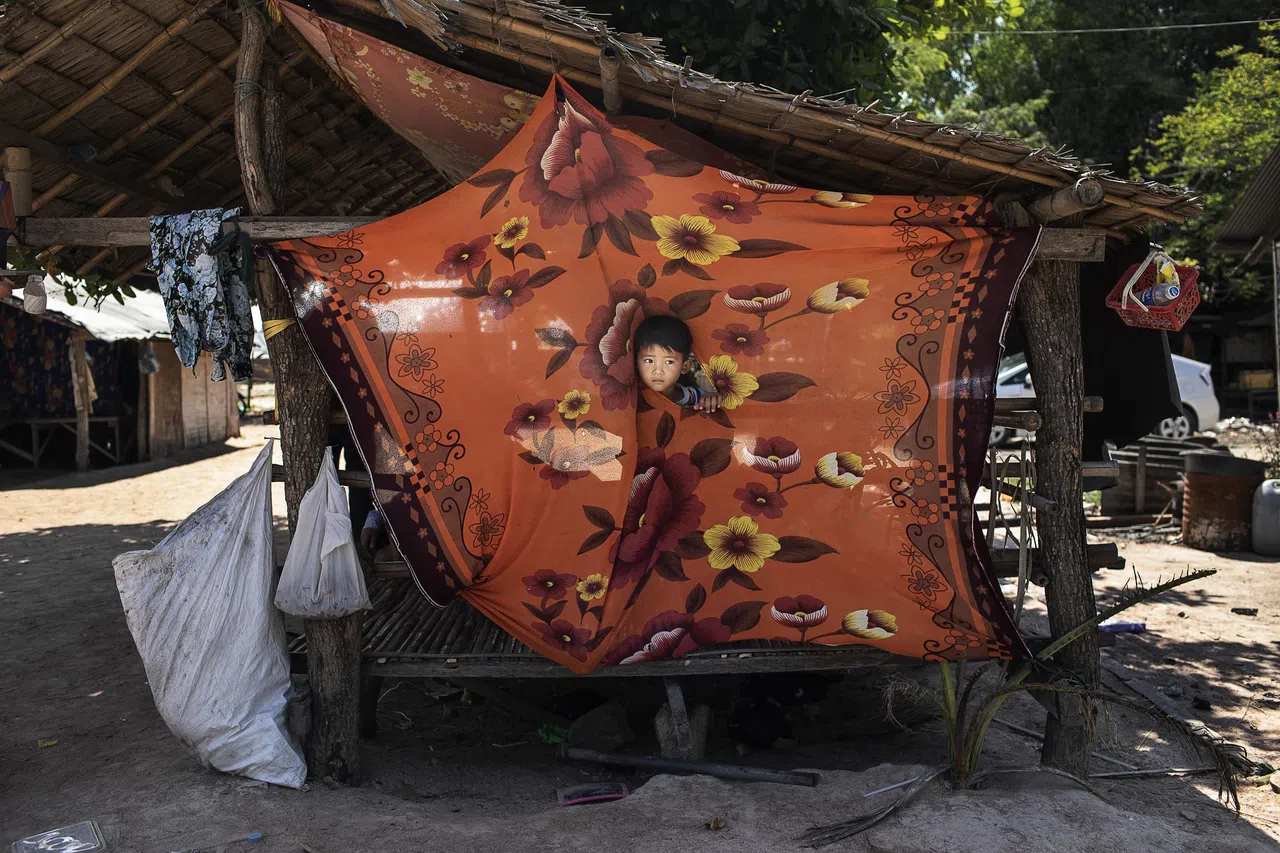
Title: Part of Me Photo: Nadia Shira Cohen for The New York Times
Ry Ly’s surrogate son, Korng, who is three years old. Ry Ly, a garment factory worker, is also raising a seven-year-old daughter.

